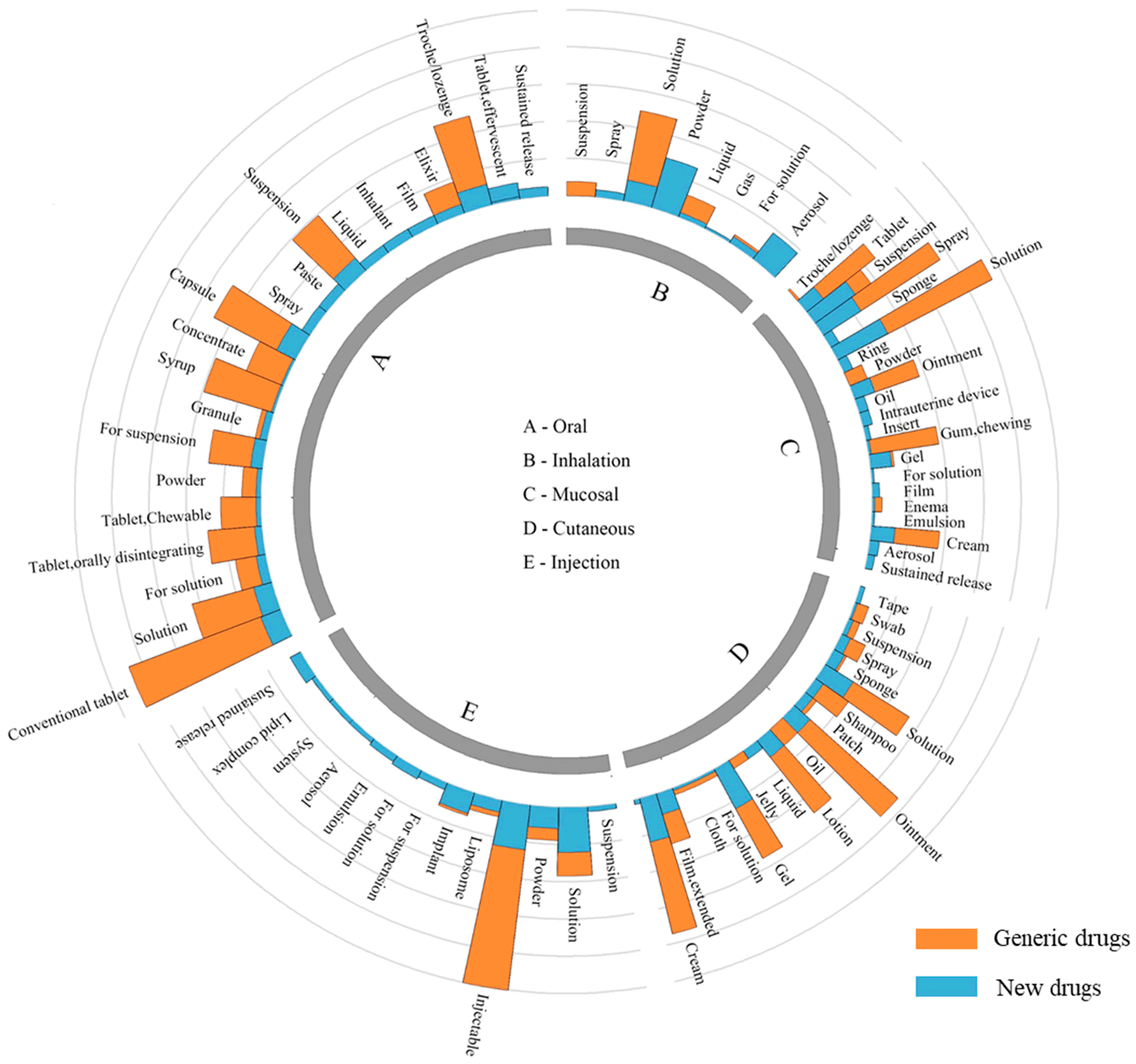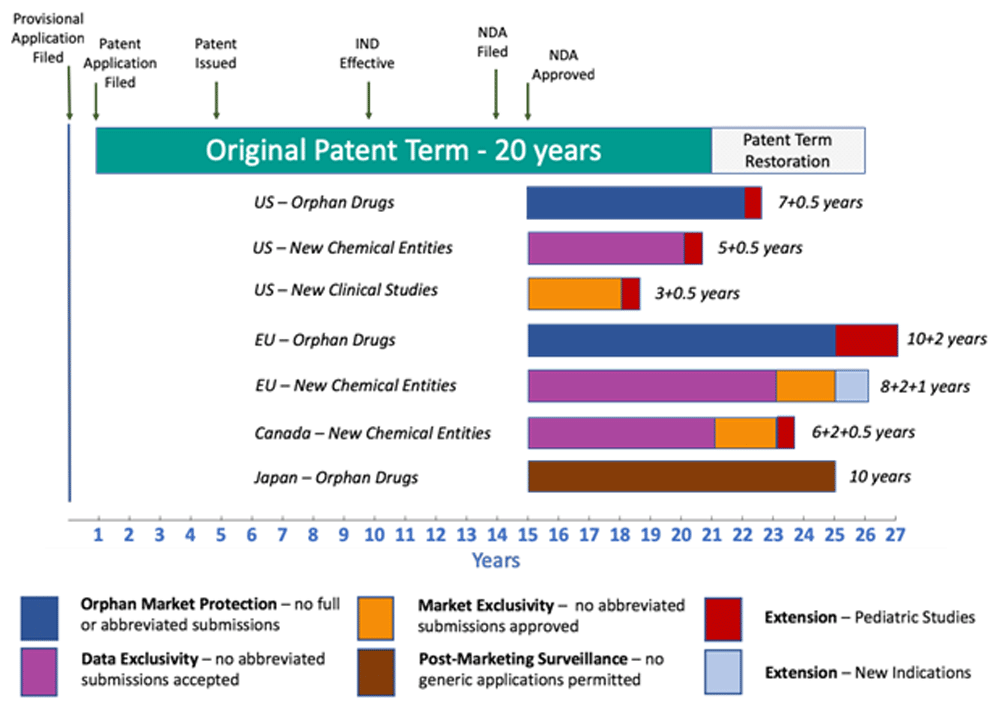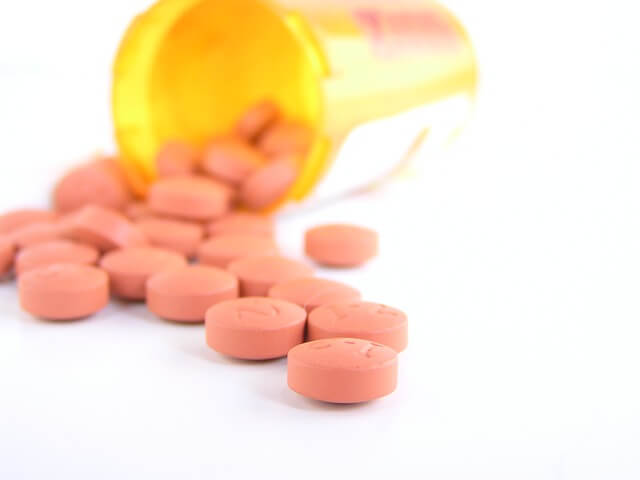Generic drugs are a crucial component of modern healthcare systems, providing affordable and accessible medications to millions of people worldwide. However, the pricing strategies for these drugs can be complex and influenced by various factors. This article will explore effective strategies for setting generic drug prices, highlighting the key considerations and mechanisms used by governments and regulatory bodies to ensure fair and competitive pricing.
Mechanisms for Setting Generic Drug Prices
Governments and regulatory bodies employ several mechanisms to set generic drug prices. These include:
Predetermined Percentage Below Originator Price: In some countries, the generic drug price is set at a predetermined percentage below the originator price. For instance, in Italy, the minimum price difference between originator and generic medicines was 20% in 2004.
Average Price of Medicines in Selected Countries: Another approach is to base the generic drug price on the average price of medicines in a selection of countries. This method is used in 21% of countries.
Maximum Price: Some countries set a maximum price for generic drugs, ensuring that prices do not exceed a certain threshold. This mechanism is used in 19% of countries.
Negotiable Price: In some cases, the price of generic drugs is negotiable, allowing for flexibility in pricing. This approach is used in 12% of countries.
Factors Influencing Generic Drug Pricing
Several factors influence the pricing of generic drugs, including:
Competition: The level of competition in the market significantly impacts generic drug pricing. In highly competitive markets, prices tend to be lower due to the presence of multiple manufacturers.
Research and Development Costs: The costs associated with research and development (R&D) are a significant factor in generic drug pricing. Companies must balance these costs with the need to maintain profitability.
Efficacy and Uniqueness: The efficacy and uniqueness of a drug also play a role in pricing decisions. Drugs with proven clinical benefits and limited competition may be priced higher.
Government Regulations: Government regulations and policies can significantly impact generic drug pricing. For example, the Inflation Reduction Act of 2022 in the United States includes measures aimed at reducing prescription drug costs and facilitating price negotiations.
Strategies to Promote Competitive Generic Markets
Several strategies can be employed to promote competitive generic markets and ensure fair pricing:
Restricted Market Entry: Limiting the number of manufacturers for certain drugs can create a more stable market and attract more manufacturers to remain as suppliers.
Long-Term Contracting: Long-term contracts between manufacturers and buyers can help stabilize prices and ensure a consistent supply of generic drugs.
Creation of a Futures Market: Establishing a futures market for generic drugs can help manage price volatility and ensure a stable supply.
Educational Interventions: Educational interventions are necessary to increase the acceptability of generic and biosimilar medicines among doctors, pharmacists, and patients, which can lead to greater uptake and more competitive pricing.
Conclusion
Effective strategies for setting generic drug prices involve a combination of mechanisms and considerations. Governments and regulatory bodies must balance the need to ensure fair and competitive pricing with the need to incentivize innovation and investment in the pharmaceutical industry. By understanding the factors influencing generic drug pricing and employing strategies to promote competitive markets, we can ensure that these essential medications remain accessible and affordable for those who need them.
References
- Gabionline. (n.d.). Pricing strategies in generic medicines. Retrieved from https://www.gabionline.net/generics/research/Pricing-strategies-in-generic-medicines
- Brookings Institution. (2021). Government regulated or negotiated drug prices: Key design considerations. Retrieved from https://www.brookings.edu/articles/government-regulated-or-negotiated-drug-prices-key-design-considerations/
- JAMA Network. (2015). Options to promote competitive generics markets in the United States. Retrieved from https://jamanetwork.com/journals/jama/fullarticle/2467992
- BMJ. (2020). Strategies to achieve fairer prices for generic and biosimilar medicines. Retrieved from https://www.bmj.com/content/368/bmj.l5444
- Investopedia. (n.d.). How pharmaceutical companies price their drugs. Retrieved from https://www.investopedia.com/articles/investing/020316/how-pharmaceutical-companies-price-their-drugs.asp
























